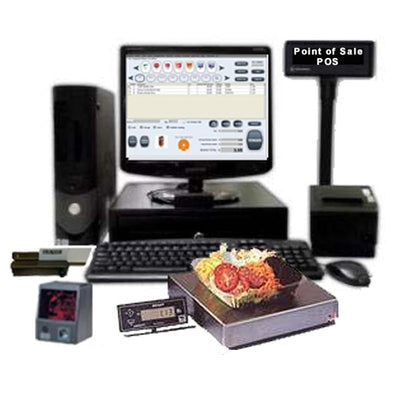The retail and service industries are changing, as are the tools that drive them. The current POS system is the mainstay of this transformation. It’s an amalgamation of sytems and equipment that extend beyond cash registers, receipts, and other features that are basic. Paying for transactions is not the only thing to consider. Today, the focus of sales experience is about operational intelligence, customer insight and seamless integration across every aspect of business.

The Heart of POS Software: Beyond Transactions
While a standard setup might handle the basics, POS software can act as central command. It keeps track of the inventory sold, updates the stock levels on a regular basis and also sends out alerts when product stocks are at a low level. It tracks sales history and customer preferences, turning each transaction into valuable data that can inform future marketing strategies and purchasing decision-making.
A good POS system’s ability to connect departments is one of the most under-appreciated features. Some systems integrate time clocks utilized to calculate wages and to schedule employees instead of handling payroll on its own. The result is a smoother workflow, and less administrative hassles.
For companies that have an online and physical presence today’s POS software has vital sync capabilities. Products listed in-store can mirror the online inventory in real-time to avoid double-selling and inventory mismatches. This method of unified operation is vital as trends in shopping shift towards hybrid purchases, in which shoppers browse on the internet before purchasing the product at the shop.
Why Integrity Matters More Than Ever
Integration is where the modern POS point of sale system system truly shines. The days of having to manage several tools that did not “talk” with each other are over. A robust POS platform is defined by its ability to connect sales, inventory administration, staff management and accounting.
Be aware of the experience customers have. A simple scan at the point of purchase will reveal the loyalty points of a customer and then apply the discount to them and send an electronic receipt to their inbox all without slowing down the line. This same sale can also update revenue totals, inventory availability, and daily reporting on the backend. This gives you a more personal shopping experience and minimizes manual input.
This kind of knowledge is invaluable to managers and business owners. With reliable, current data accessible at all times, they can react faster to trends in demand and adjust pricing strategies and make sure that their team is adequately staffed at peak times.
An investment that is smart and has a long-term Payoff
There are many reasons why businesses should invest more money in POS software. They provide measurable ROI. It’s not just in speed and precision, but also by enabling intelligent decision-making, and long-term growth. A properly-implemented Point of Sales system will help you streamline your processes and spot patterns you might have missed.
Furthermore, as expectations of consumers increase, a modern point of sale setup is an insignificant but essential component of the customer’s experience. Fast checkouts, accurate update of inventory, and online payment flexibility are all part of the standard expectations. Companies that are able to meet these aspects earn more respect as well as more repeat visits.
Final Thoughts
A modern POS is more than just a tool to process checkouts. It’s an interface between your employees, you and customers. Point of Sale POS Software allows you to understand your business at a deeper level. It helps you make clear decision-making and optimizes execution.
In a highly competitive industry, being ahead of the market requires staying up-to-date and agile, as well as focusing on your clients. When you have a smart and a well-integrated POS system on your side, you not only are you making sales, but you are also making something lasting.
